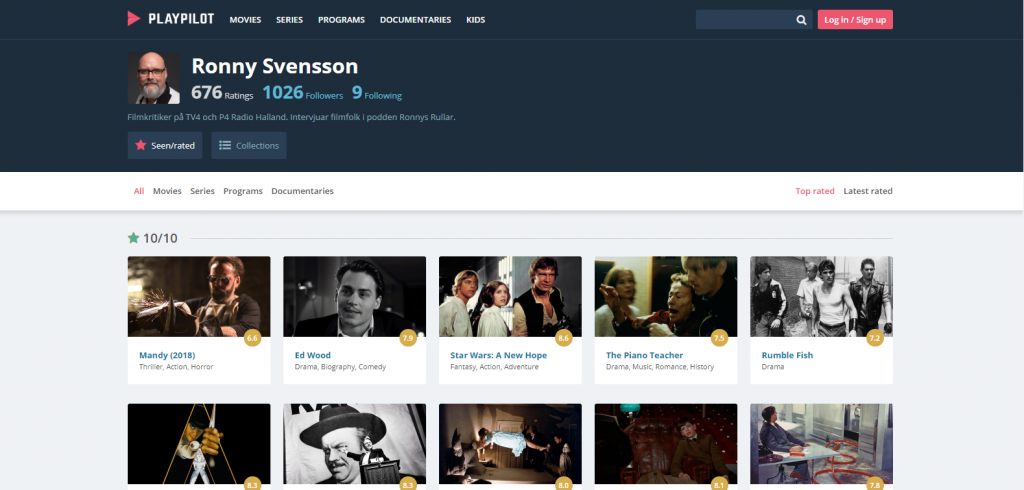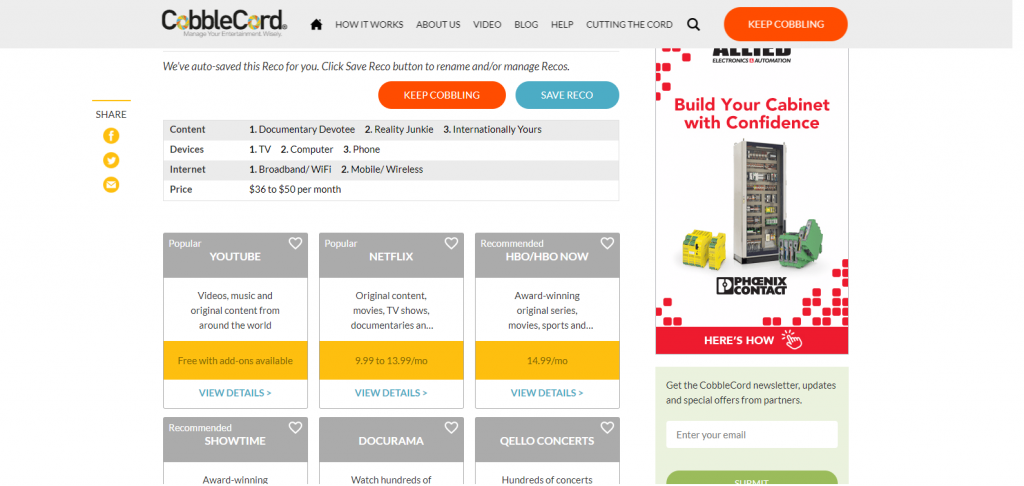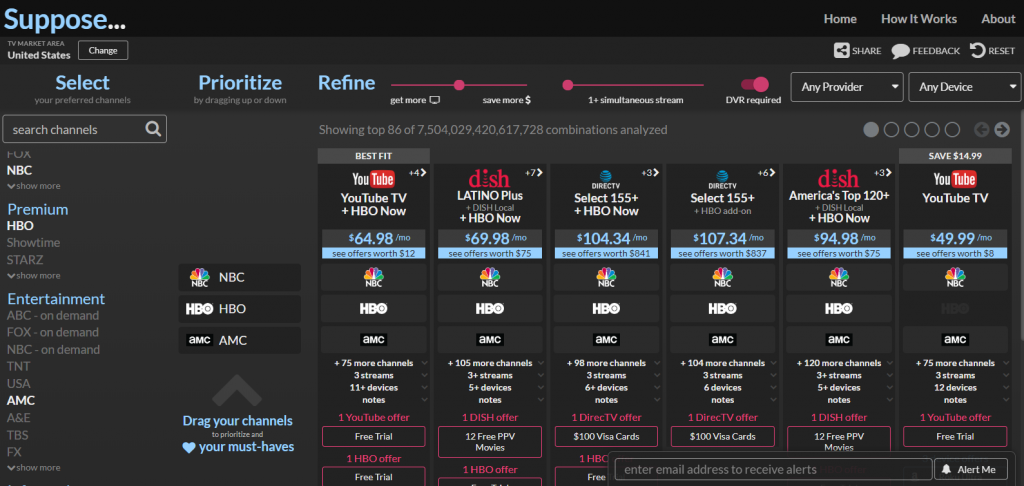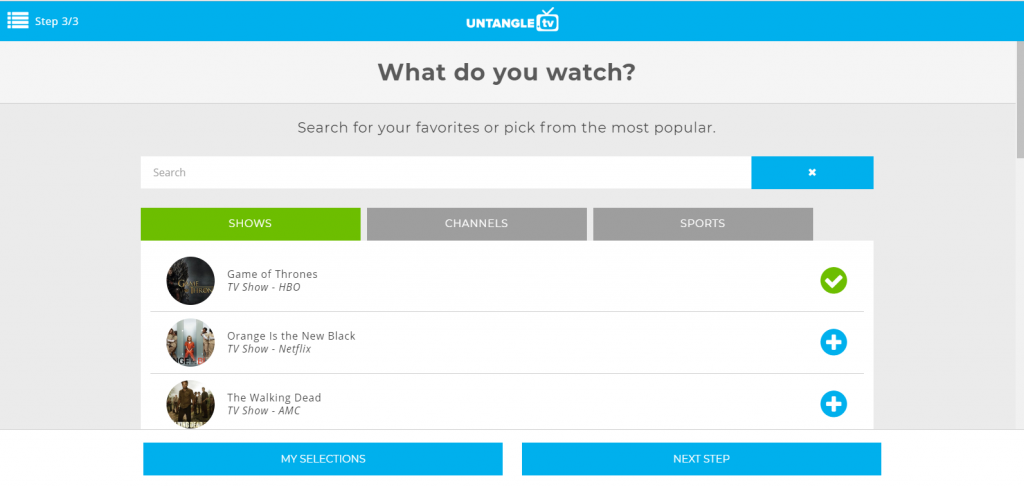“OTT-stacking”, where consumers create their own bundles of over-the-top (OTT) services, often as an alternative to traditional pay TV, is becoming something of a challenge for consumers. In Europe, it’s not so long since subscriptions to Netflix and Amazon Prime Video, combined with a couple of local broadcaster apps, was all the viewer has to navigate.
But with new services being released on a regular basis, and with many not having access to a traditional pay TV electronic programme guide (EPG), consumers are forced to think more carefully about which services they subscribe to. Simply signing up to every paid service would be very expensive, and in some cases the content they want from a paid service might be available on an ad-supported platform. It therefore becomes a somewhat complex equation for consumers to deciding what to watch and how to calculate where their money is best spent.
Several companies have spotted an opportunity, and have released products designed to solve this problem. Here are some of the more interesting companies in the space:
Currently only available in Sweden, Norway and Denmark, but with plans to expand across Europe soon, Playpilot is designed to let users browse for content across every major OTT service as if it were one library. The app connected to other services via their APIs when available, or through web crawlers where necessary. Users can either browse for one specific show and find which platforms it’s available on, or input the services they’re signed up too and browse for content across their portfolio.
CEO David Mühle says that as well as helping consumers manage their OTT services, the platform is designed to aid discovery – through ‘playlists’ of content. Famous directors or other influential figures for example could create playlists of films and TV shows which they’d recommend, or users might take recommendations from their friends’ playlists instead.
CobbleCord is designed to help consumers put their OTT bundles together through an “entertainment profile builder”. Users answer a series of questions about the types of content they’re interested in, the devices they use, their internet access and their price range. The service will then recommend a mix of free and paid OTT services which fit within that price range, alongside other services they might want to consider. CobbleCord also has a search function to search for services based on specific shows, networks, or genres of content.
Founder Virginia Juliano says CobbleCord came about while working on Showtime’s OTT product. She believed that the rapidly changing nature of the space, with content shifting on and off of services and new services being released, would make for a consuming landscape for consumers.
Currently only available in the US, Suppose focuses the live streaming of linear channels and traditional broadcasters’ on-demand offerings, rather than the likes of Netflix and Amazon Prime. Users select which channels they want access to, prioritising those which are “must haves”, and Suppose then picks out relevant services or combinations of services, ranking them based on price and current deals which are available. Users can also adjust parameters around price, the ability to simultaneously stream, and DVR access, as well as specifying which devices they own.
Co-founder John Tatum says Suppose is designed to help consumers cut down on wasted channels they subscribe to – with the average cable or satellite subscriber paying around $90 for over 200 channels, but only actually watching less than 20 of them. More efficient bundles are available on OTT services, but understanding and comparing what different services offer remains a challenge, he says.
Another US exclusive, Untangle.TV puts together streaming packages based on users preferences for specific shows as well as channels. Consumer also enter information about which OTT services they’re already subscribed to, and which streaming devices they already own, as well as their “tech savviness” and preferences for live or on-demand viewing.
Untangle.TV then recommends a mix of devices (which invariably include antennas made by Mohu, the company which runs Untangle) and streaming services which provide access to all the selected shows and channels, as well as recommending which services they might want to cut if they want to save money.








